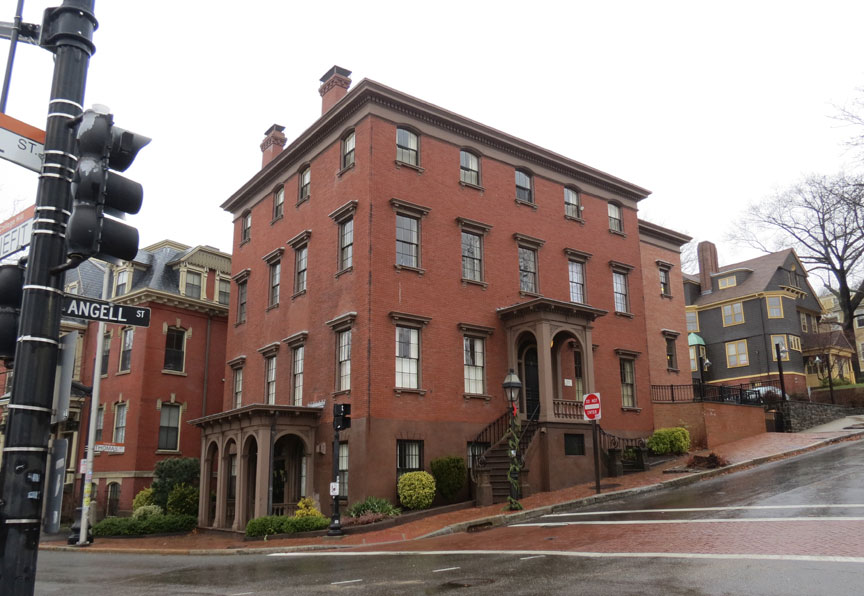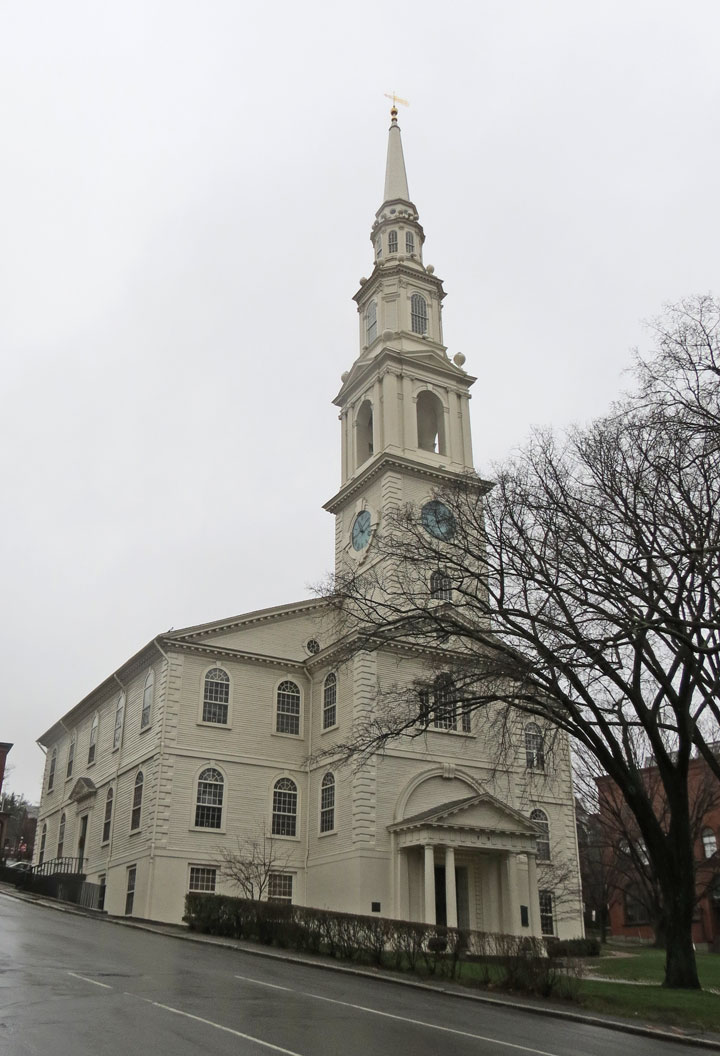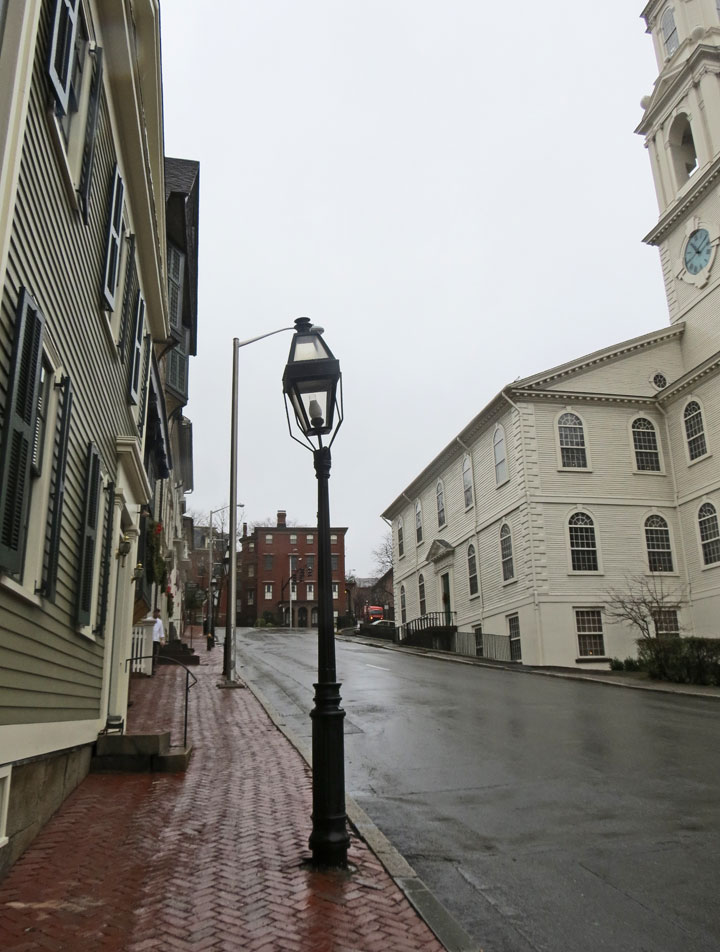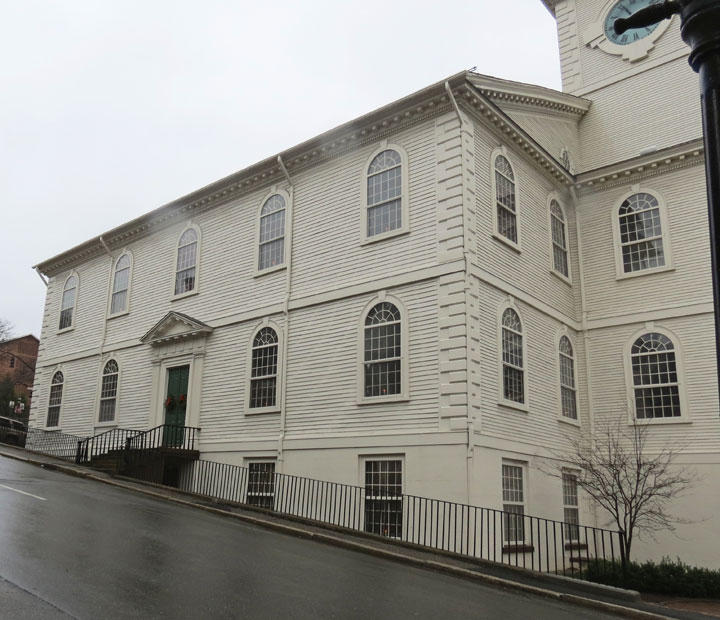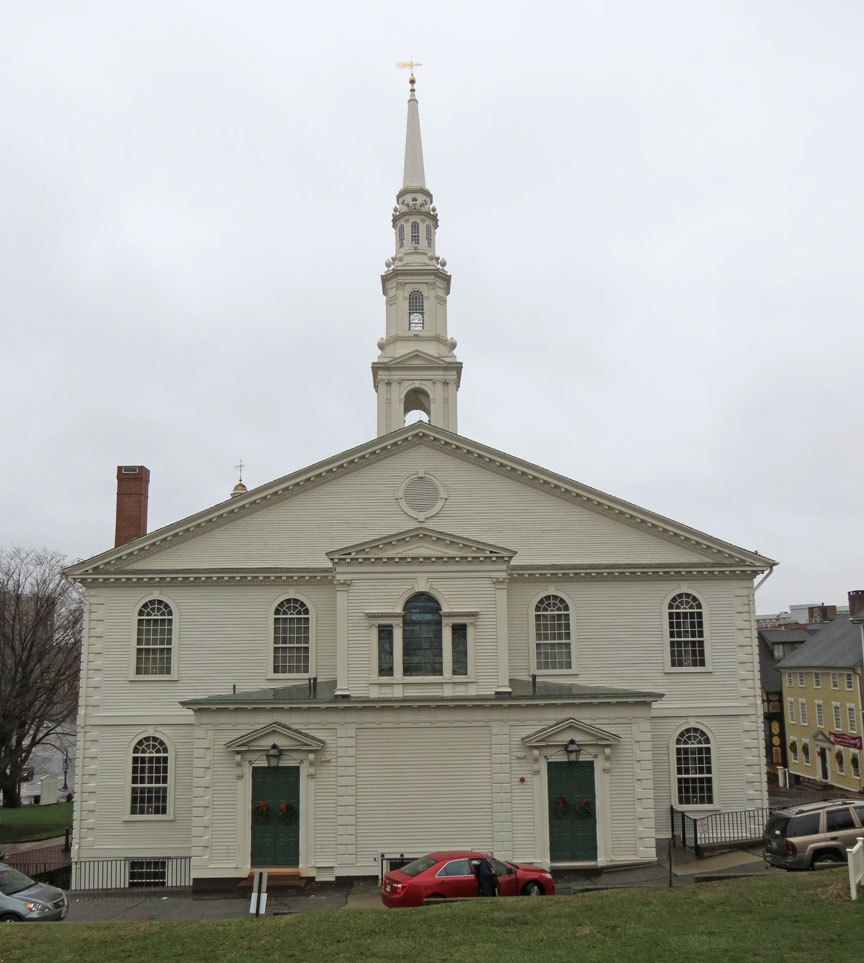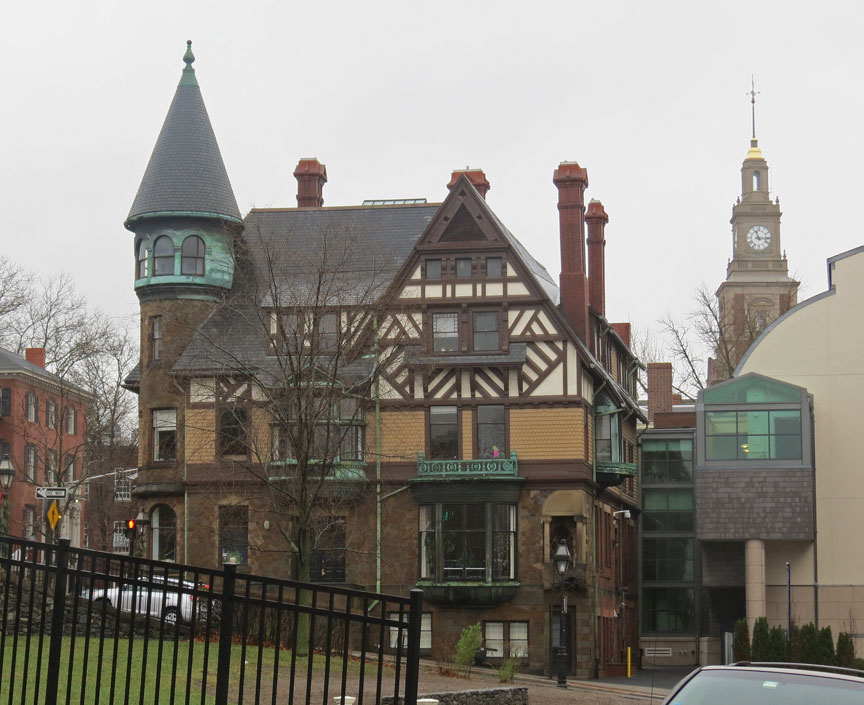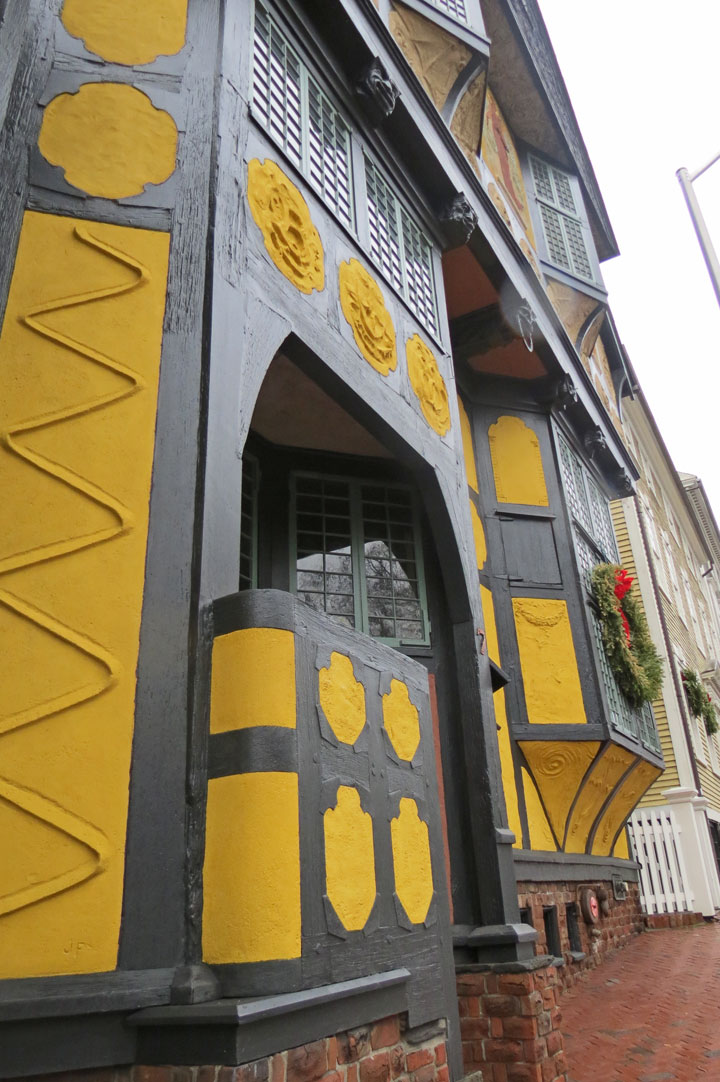

Benefit Street
College Hill
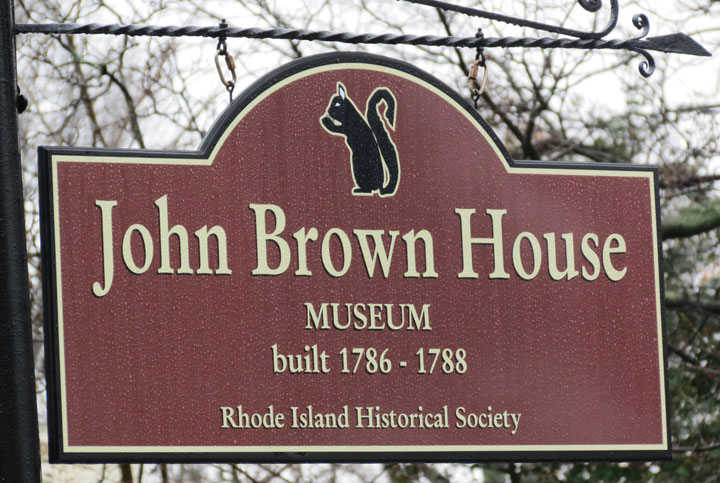
John Brown House on Benefit Street
College Hill is a neighborhood in Providence, Rhode Island, and one of six neighborhoods comprising the East Side of Providence and part of College Hill Historic District. It is roughly bounded by North Main Street to the west, Power Street to the south, Governor Street and Arlington Avenue to the east and Olney Street to the north. The name refers to the two major educational institutions established in the neighborhood: Brown University and Rhode Island School of Design. Prior to their development, the area was known as Prospect Hill. College Hill is also home to Thayer Street, a shopping strip frequented by students in the Providence area.
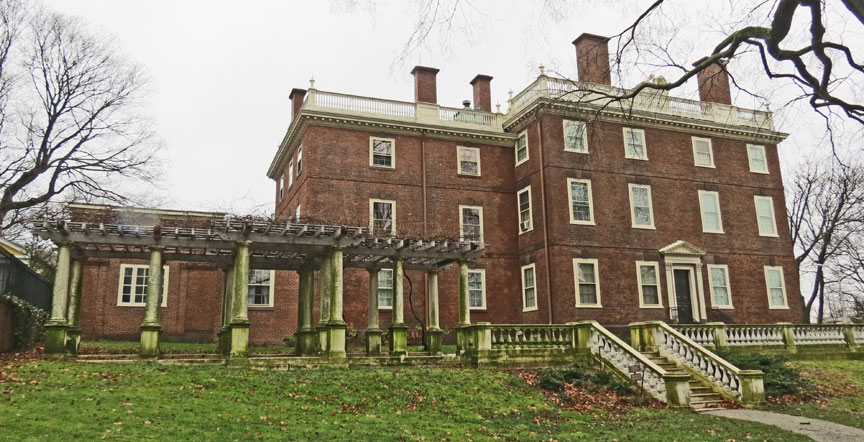
College Hill is the most affluent neighborhood in Providence, with a median
family income of nearly three times that of the city as a whole.
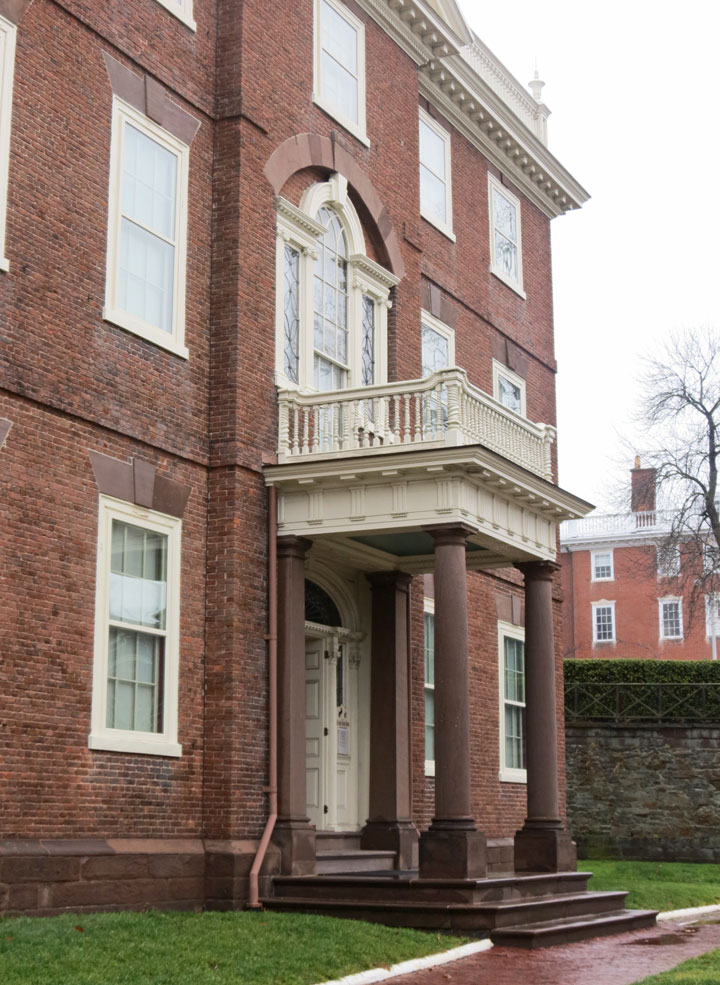
College Hill has been designated as one of the Great Places in America by the
American Planning Association in 2011. College Hill became an example of
preservation planning in 1959. An urban renewal and revitalization project was
demonstrated by the Providence Preservation Society in 1959. The report titled
College Hill: A Demonstration Study of Historic Area Renewal contained an
inventory of properties and developed a historic area zoning ordinance and
methods for integrating historic areas into future redevelopment. This report
led to the neighborhood becoming a historic district and the project was noted
as a national landmark and example for preservation as a means of community
renewal. This preservation and reuse has allowed for the historic houses to
become museums. Adaptive reuse has given new life to historic houses as museums.
Sustainability is exemplified in the recently renovated Brown Street Park. The
neighborhood is also connected to the downtown by the Riverwalk and many modes
of transportation including bus, trolley, car, bike or walking.
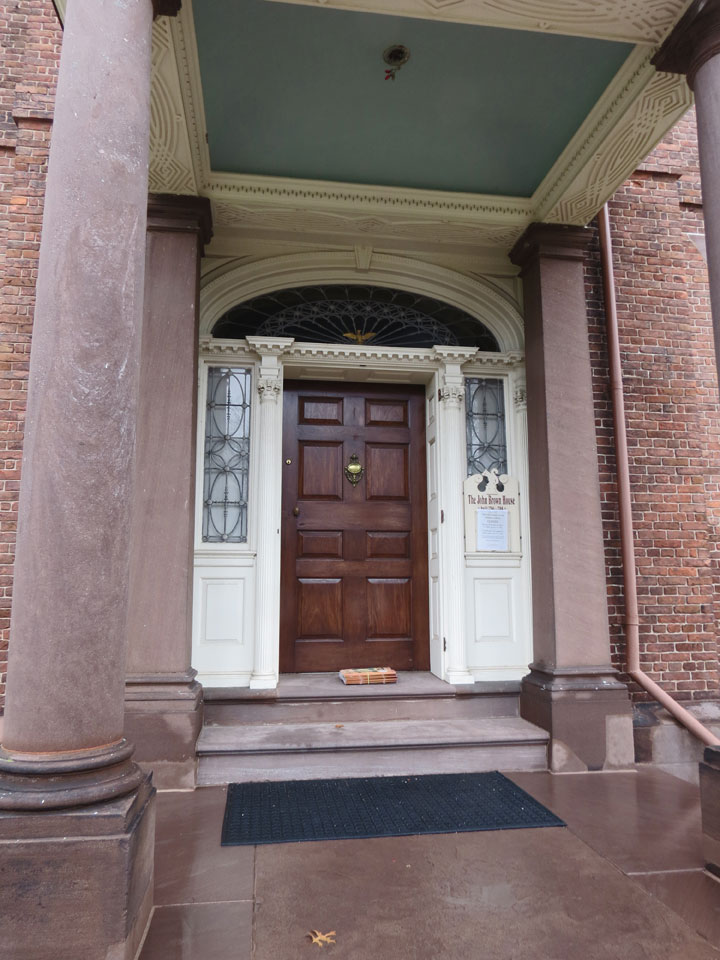
Around the time of the founding of the colony of Providence Plantations the farm
of Rev. Chad Brown occupied the hill. Settled around North Main Street in 1636,
nearly all of Providence was originally on College Hill. By the time of the
American Revolution, the foot of the hill was densely populated with wharves,
warehouses, shops, public buildings, and residential houses. In 1770, the
college that became Brown University was moved to the old Brown farm and over
the next century would gradually expand. In the nineteenth century, precious
metals and jewellery trading drove much business on North Main Street, and RISD
was established in 1877. By the 1900s, Brown had begun expanding more
aggressively, demolishing nearly 100 houses in the 1950s for a residential
quadrangle area.
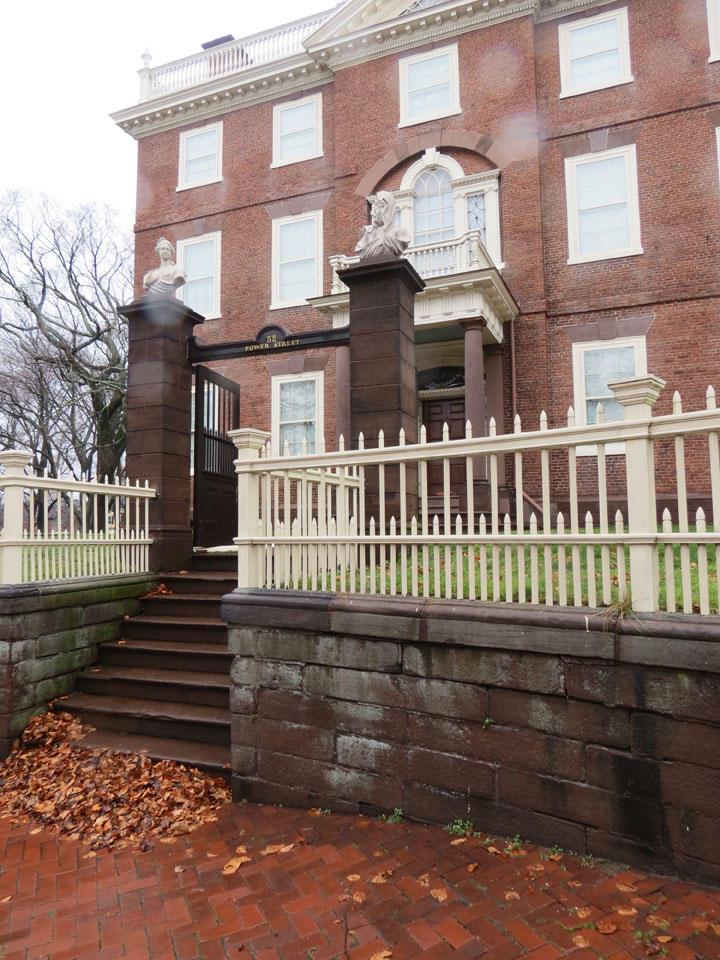

In the post-war years, Providence went into a decline. Many of the
neighborhood's more historic centers were in disrepair and were slated for
demolition as part of urban renewal projects. The Providence Preservation
Society intervened and the area is now home to one of the country's largest
restored collections of 18th and 19th century Victorians and colonials.
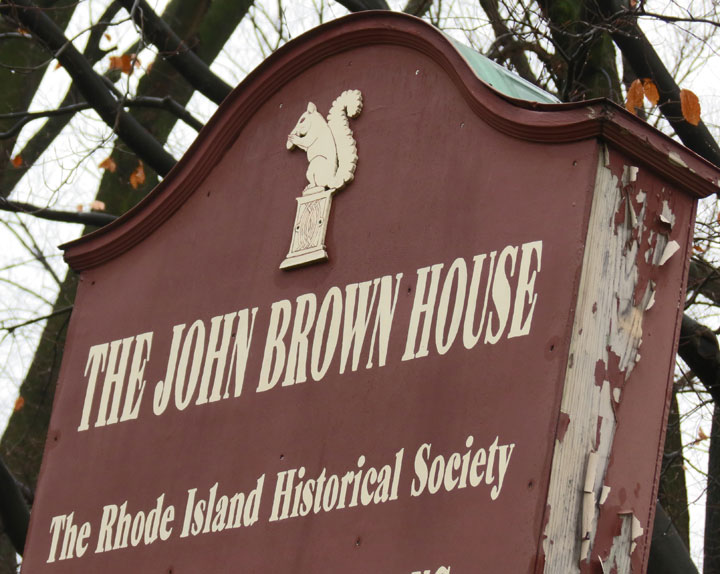
College Hill boasts architectural styles from the 18th century forward,
including residences and institutional structures located along tree-lined
streets with sidewalks. Some of the elegant homes include the Georgian-style
John Brown House built in 1786 and the Renaissance Revival Governor Henry
Lippitt House built in 1865. Both are National Historic Landmarks and museums.
College Hill also has numerous churches built in the Baroque, Romanesque,
Gothic, Greek Revival, and Renaissance architectural styles. The Fleur De Lys
Studio is also part of the collection of historic buildings in College Hill.
This cultural institution is inspired by the half-timbered stucco houses of
Chester, England. The Providence Athenaeum built in 1838 is one of the nationís
oldest libraries and is an example of Greek-Revival architecture.
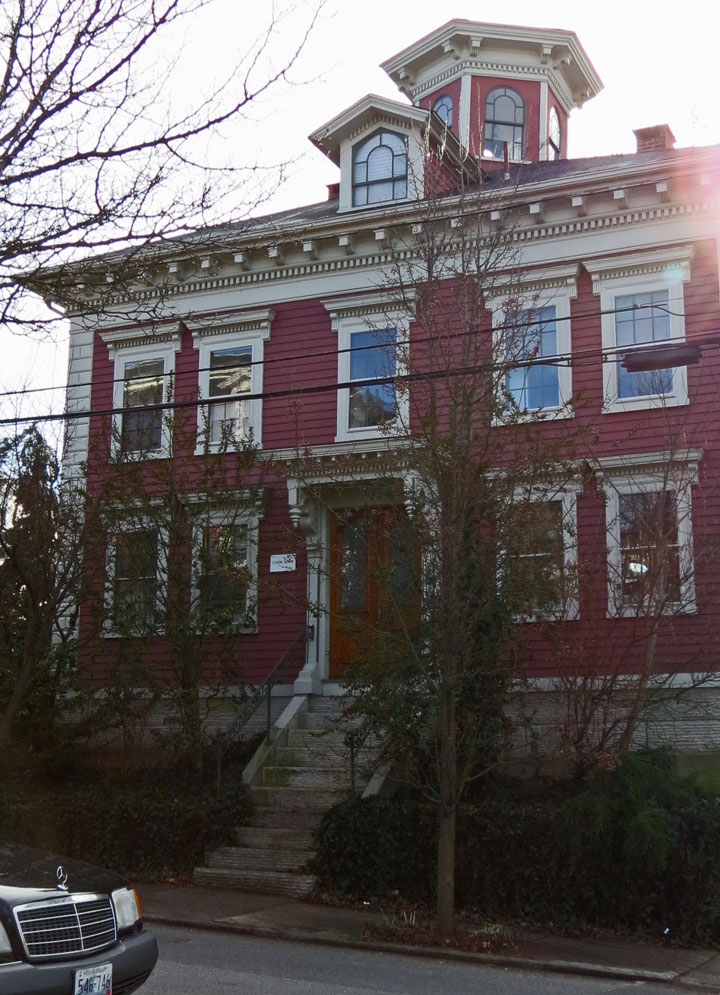
Benefit Street in College Hill was once home to many wealthy business men.
During the 1950s experienced a decline and then a rediscovery of historic houses
along Benefit Street. These houses were occupied mostly by Providence's early
minority population and were often subdivided into tenements. These units were
dilapidated and without adequate facilities and were targets for demolition
under one of the city's proposed urban renewal projects. Due to the Providence
Preservation Society these plans were changed and the area became one of the
first urban renewal projects in the country to encompass rehabilitation as
opposed to demolition and redevelopment. Today nearly all of the buildings on or
near historic Benefit Street have been renovated and the area is home to one of
the finest cohesive collections of restored 17th and 18th century architecture
in the United States.
Text from Wikipedia

College Hill Front Doors
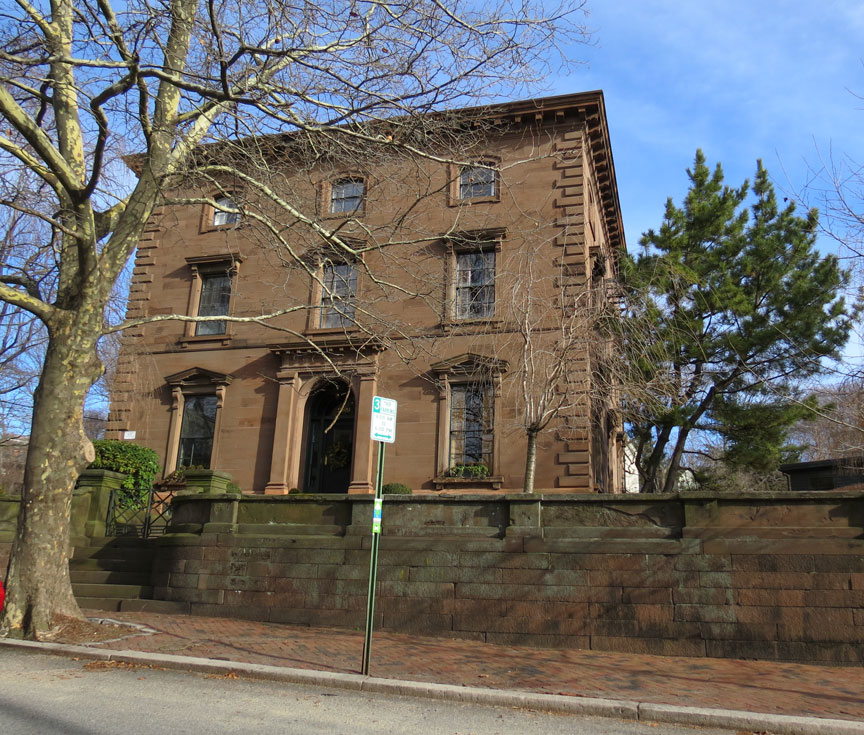
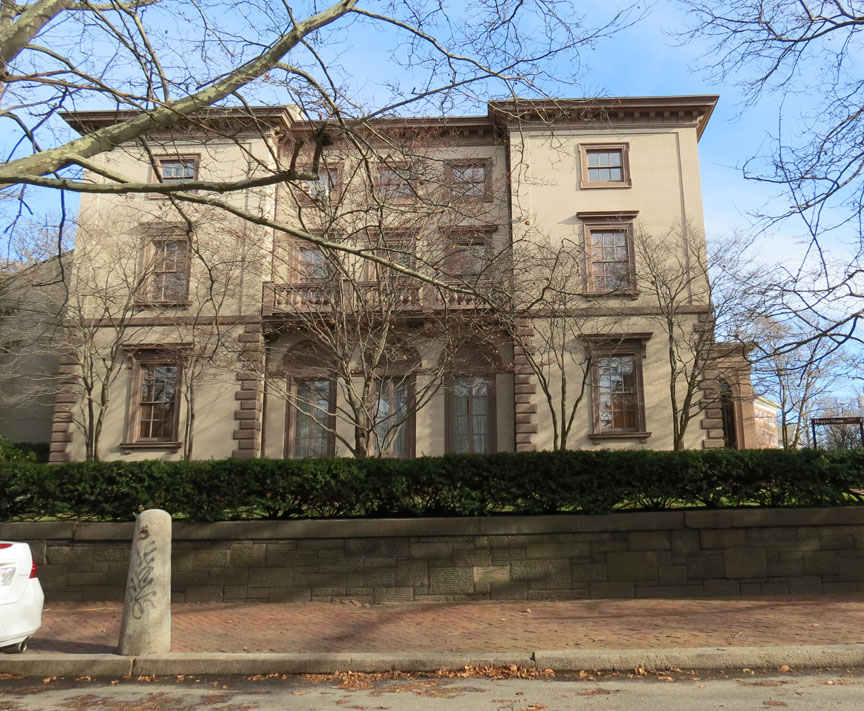
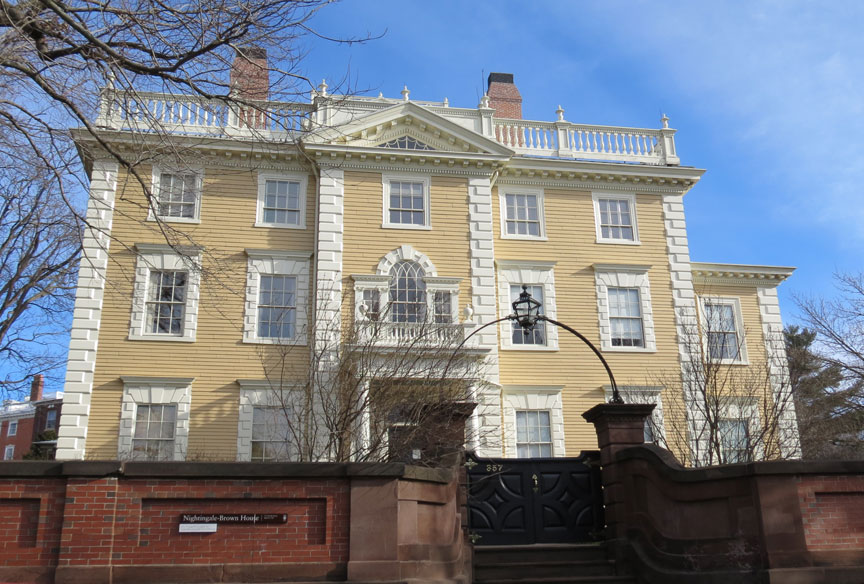

First Unitarian Church
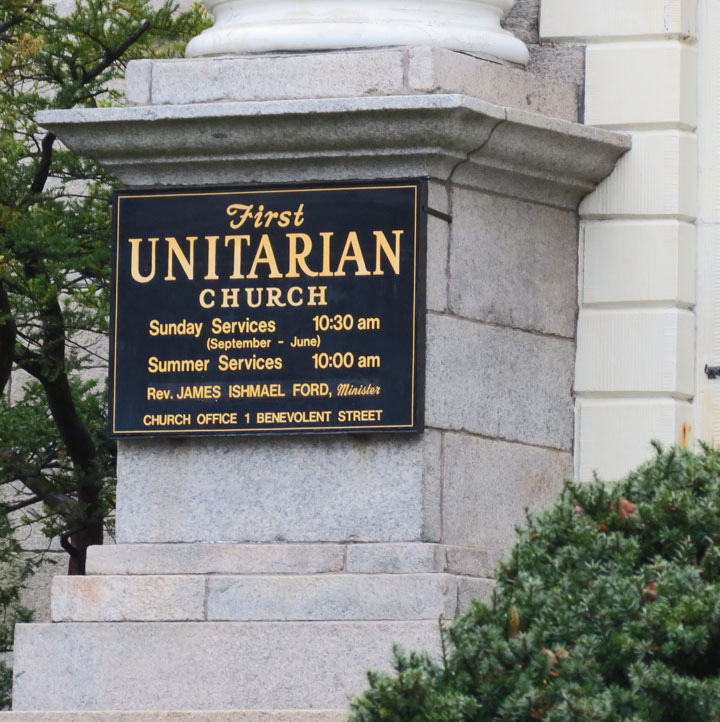
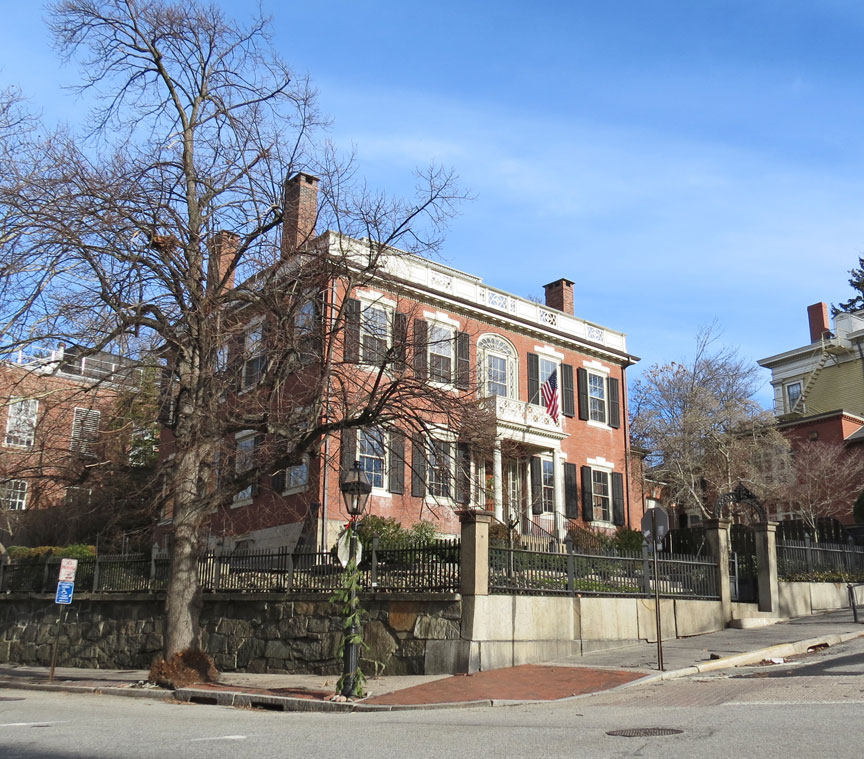
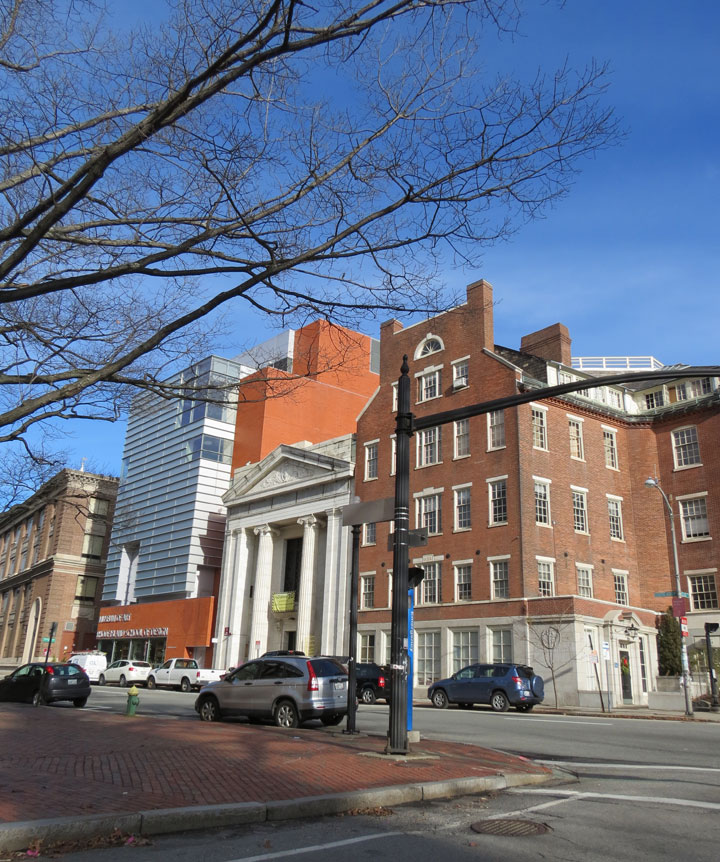
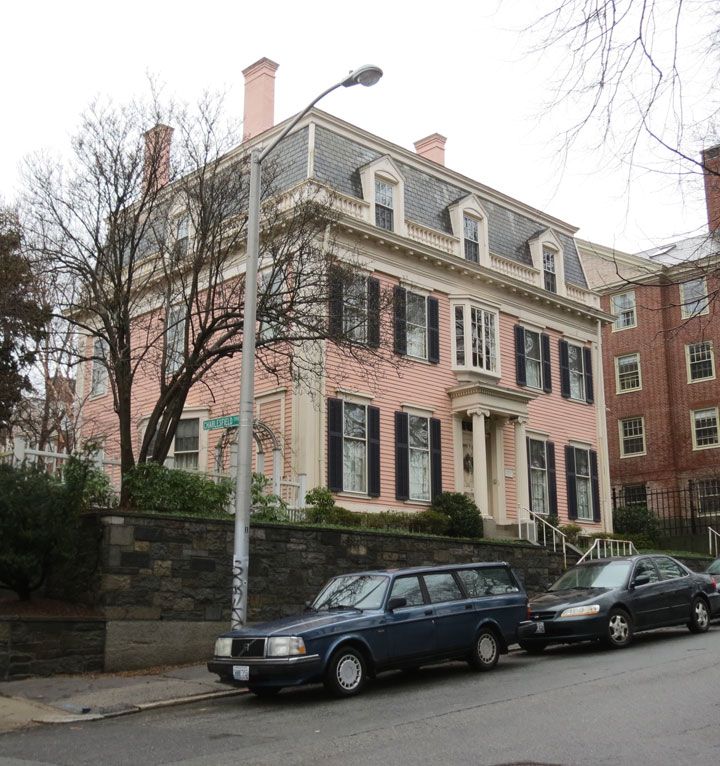
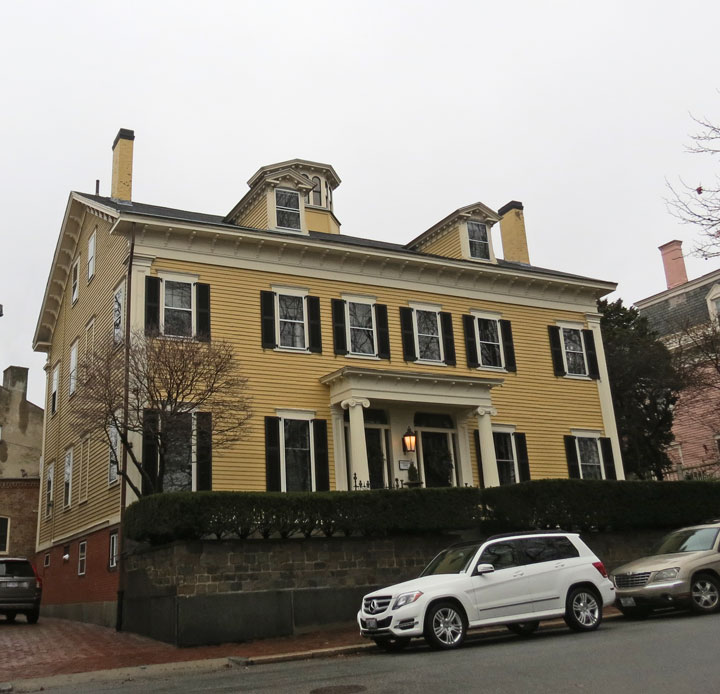
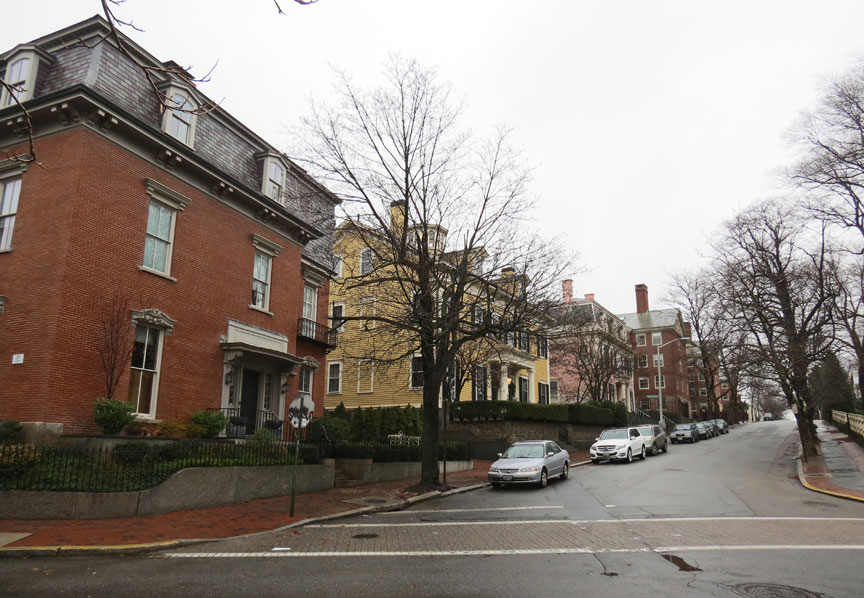
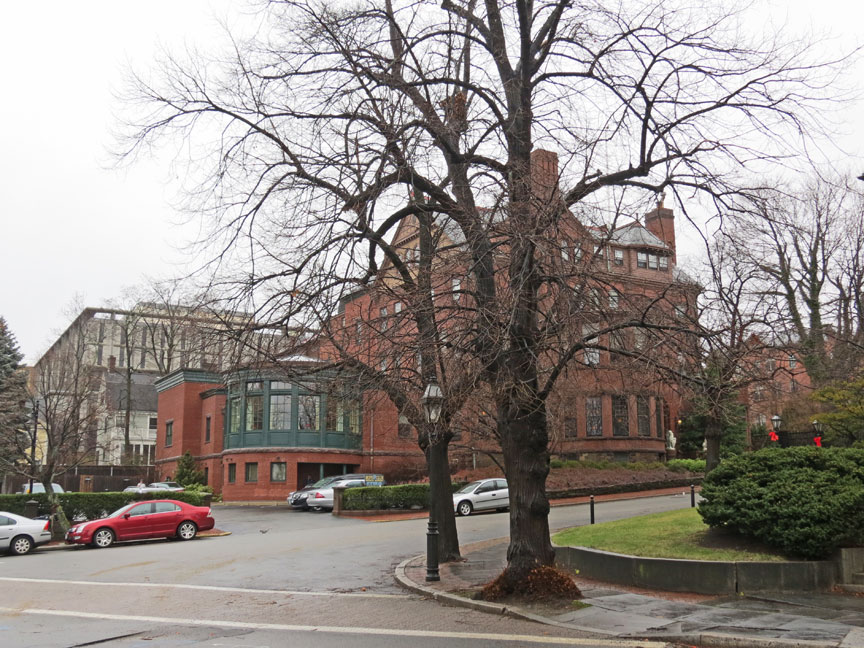
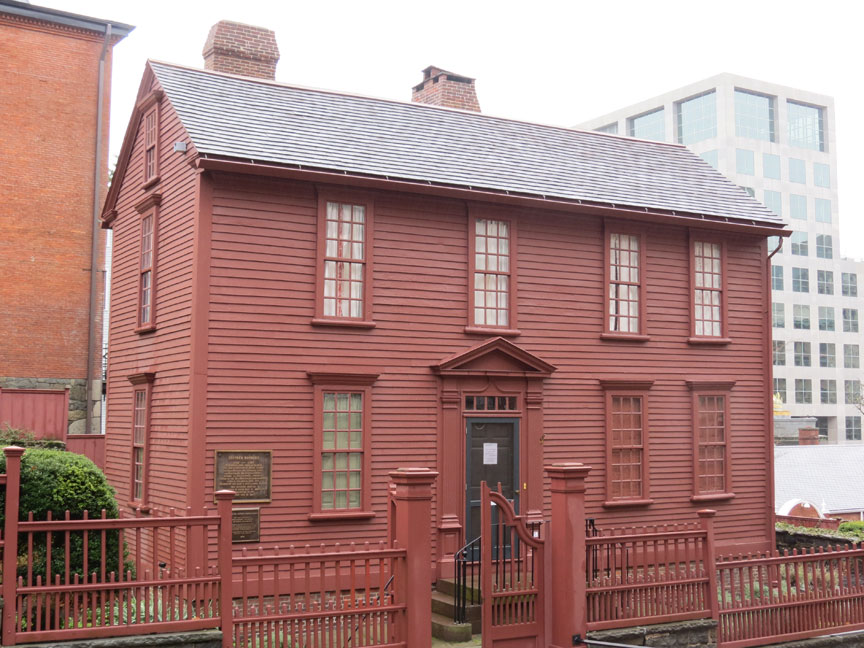
Stephen Hopkin's House
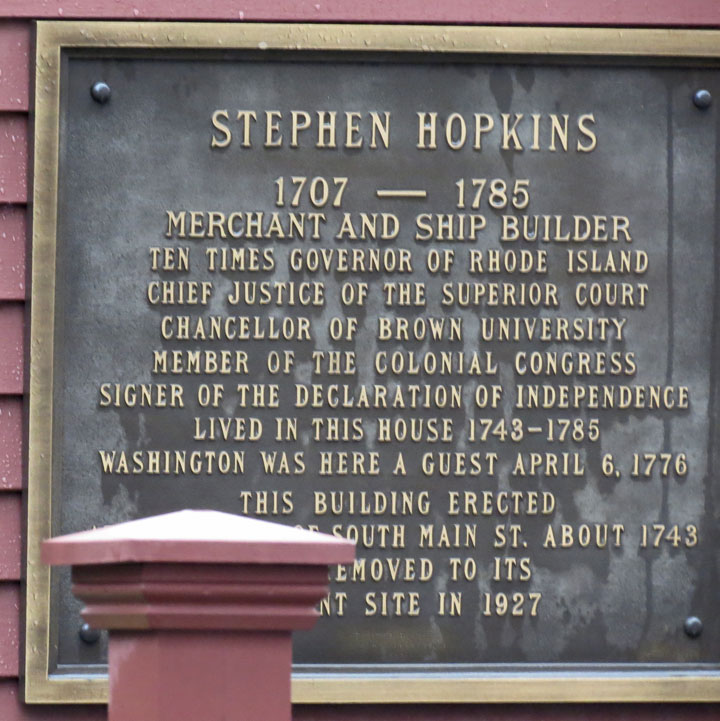

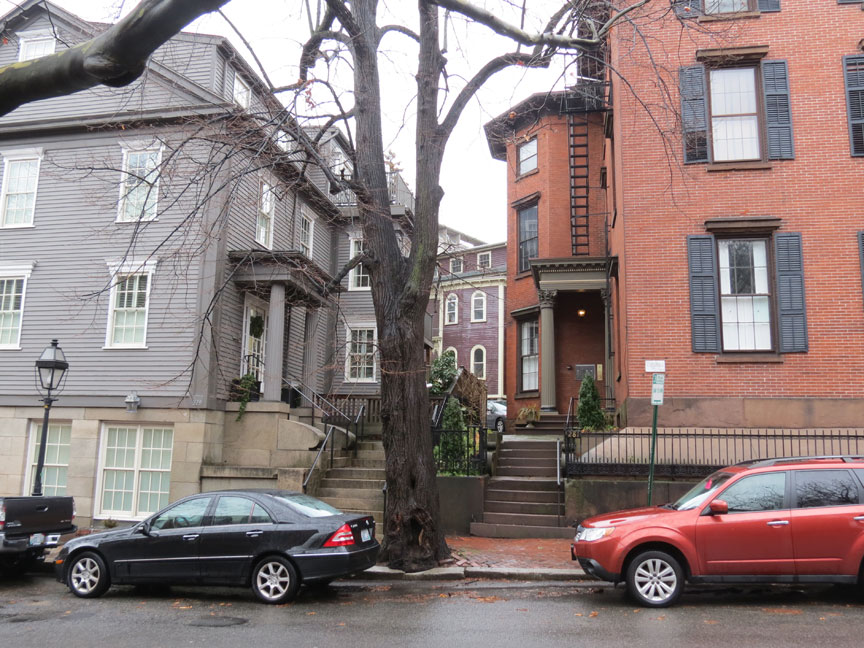
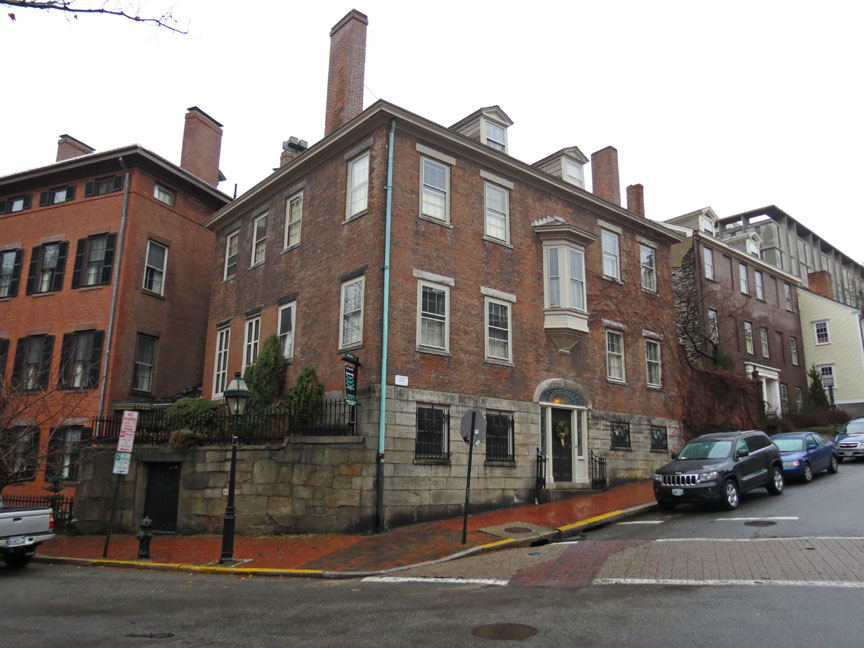

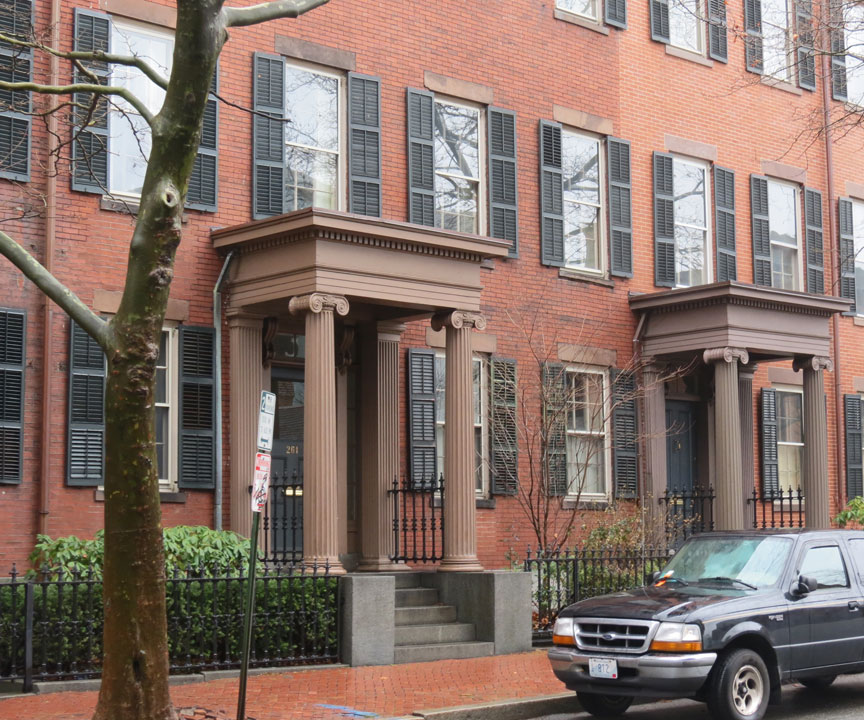
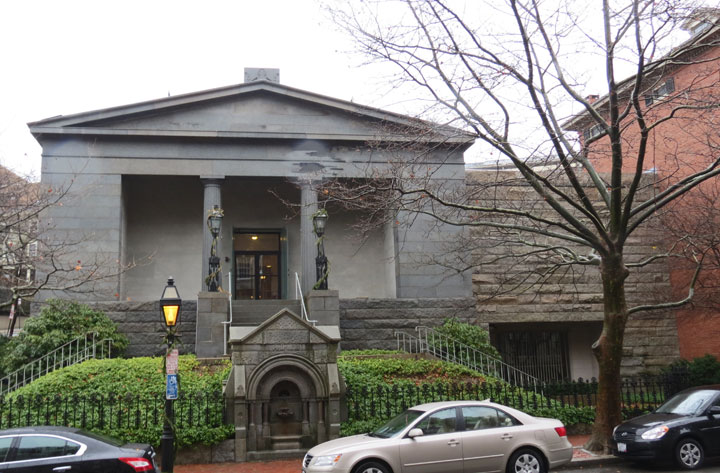
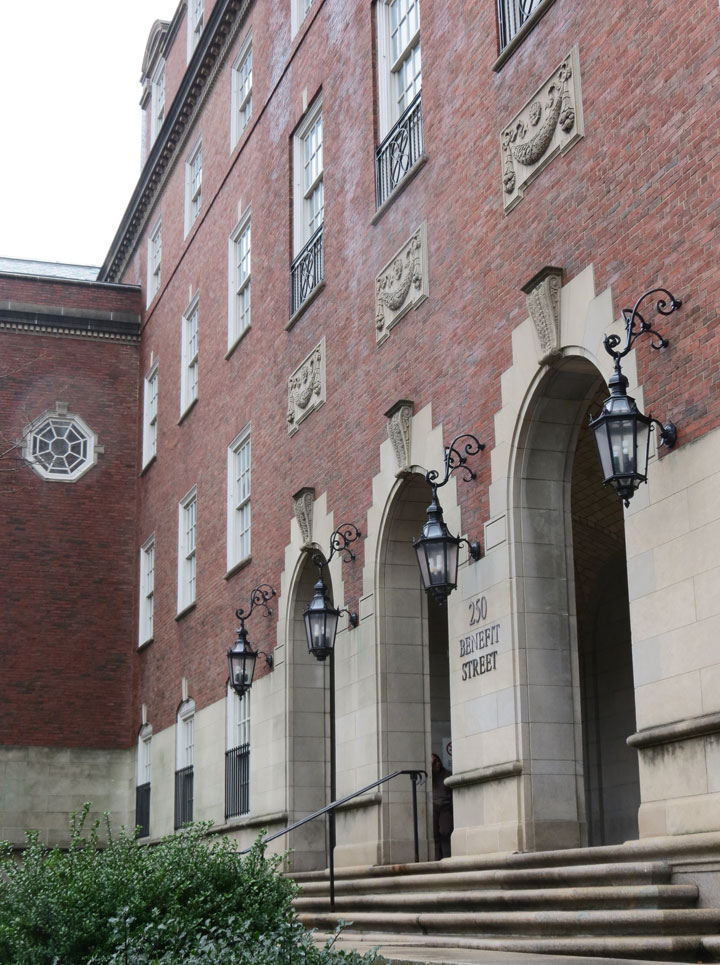
Supreme and Superior Courts
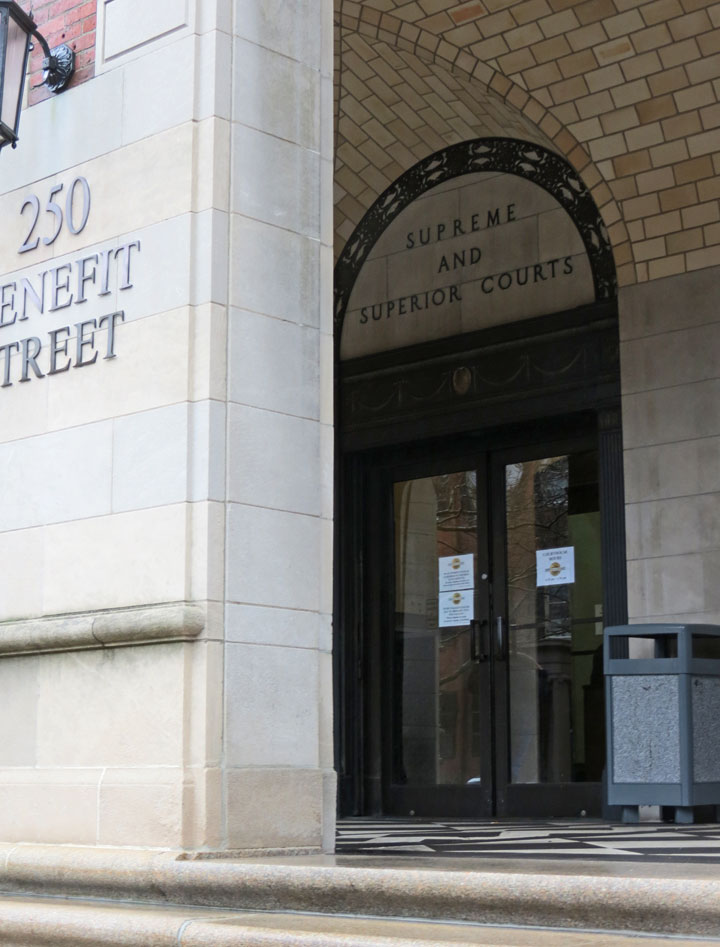
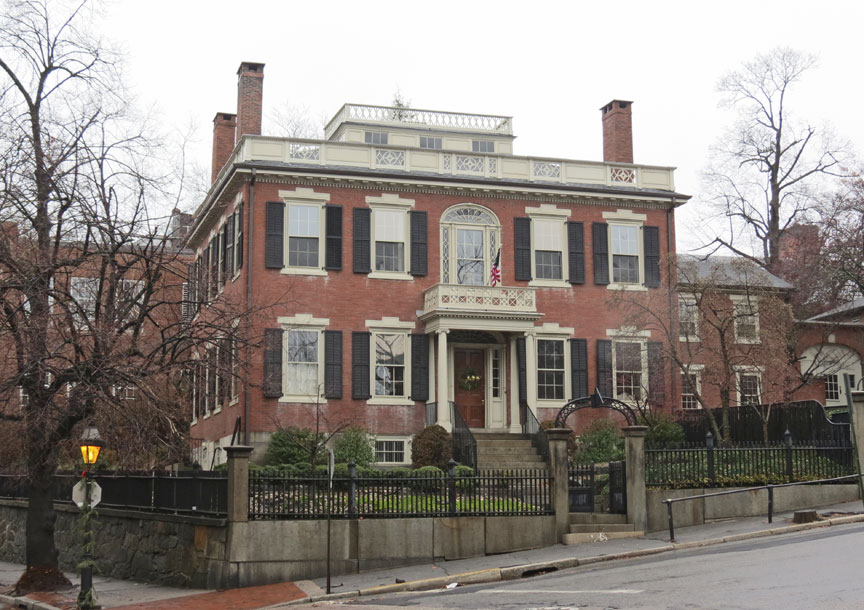
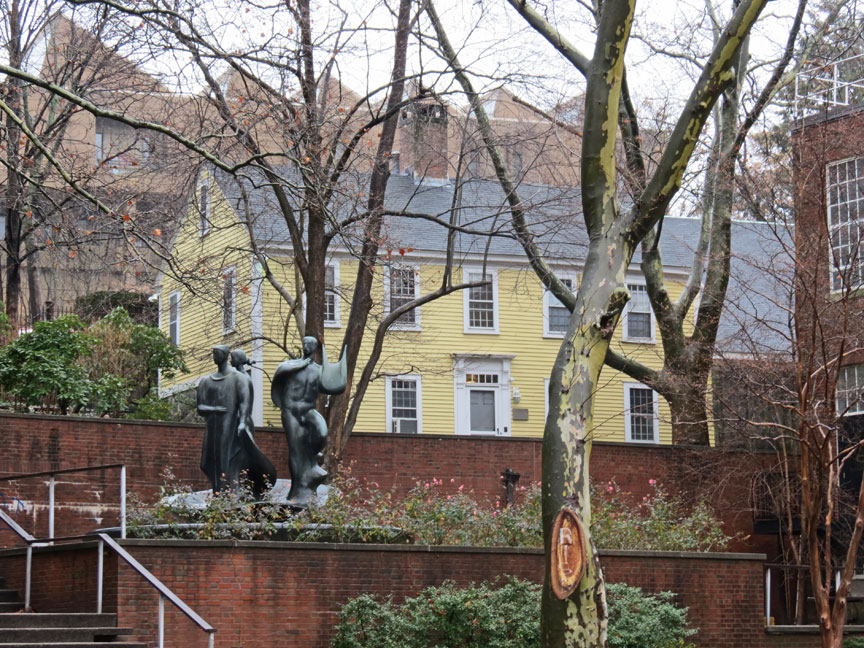
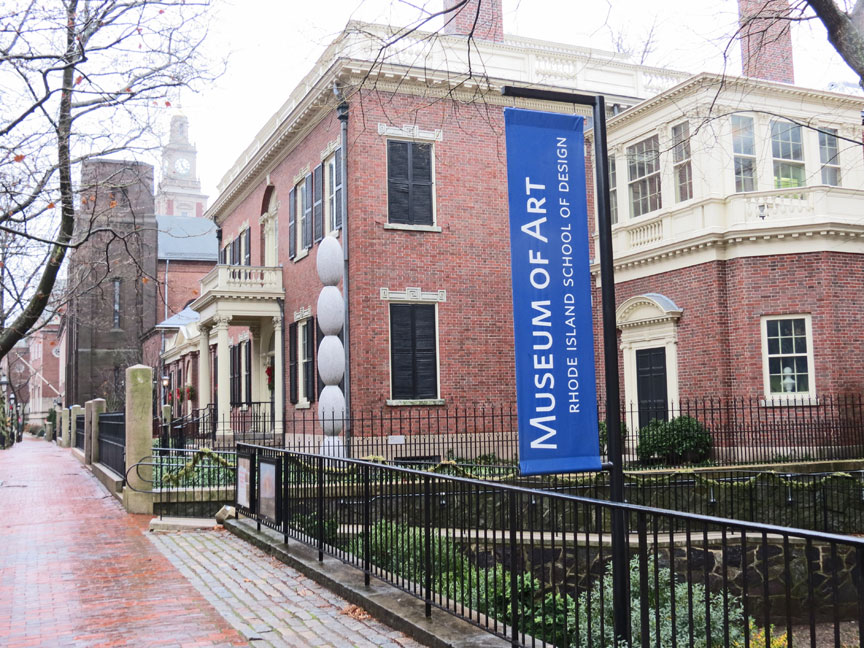
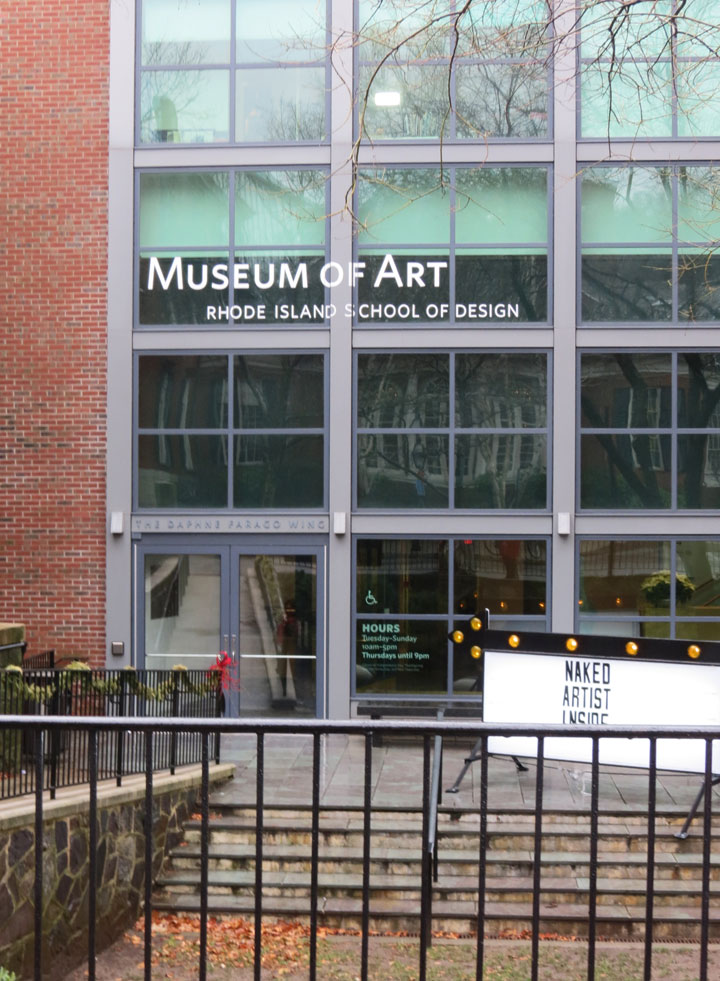
Museum of Art
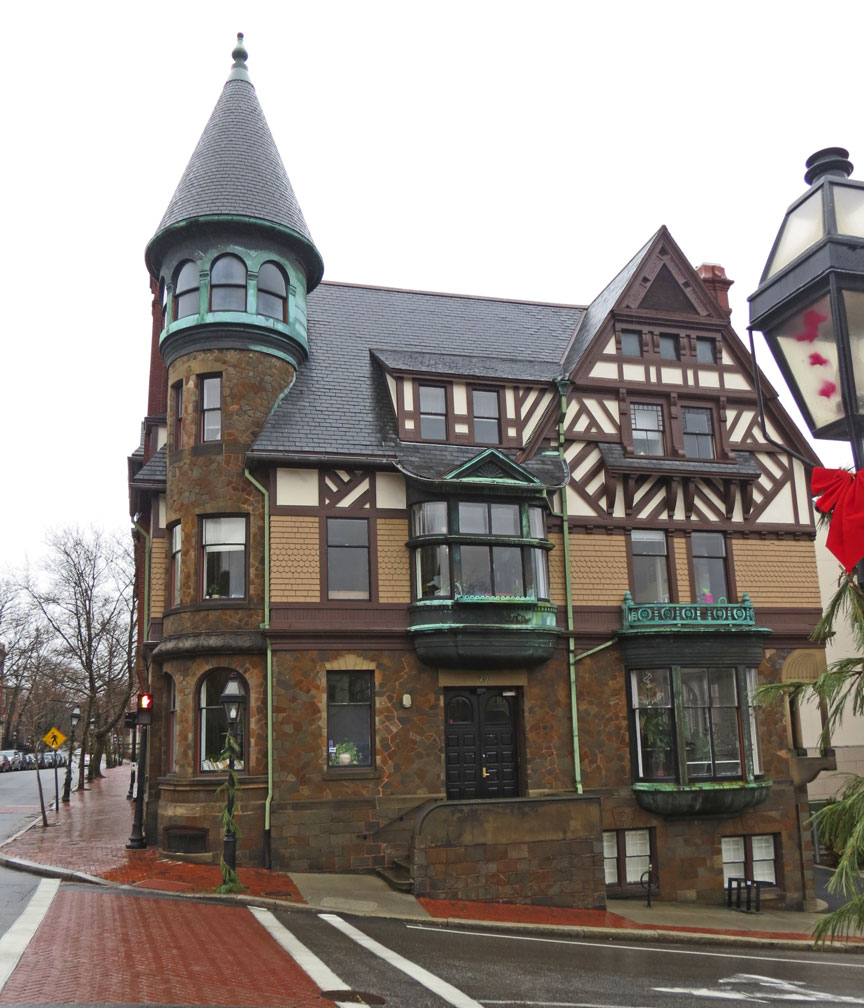
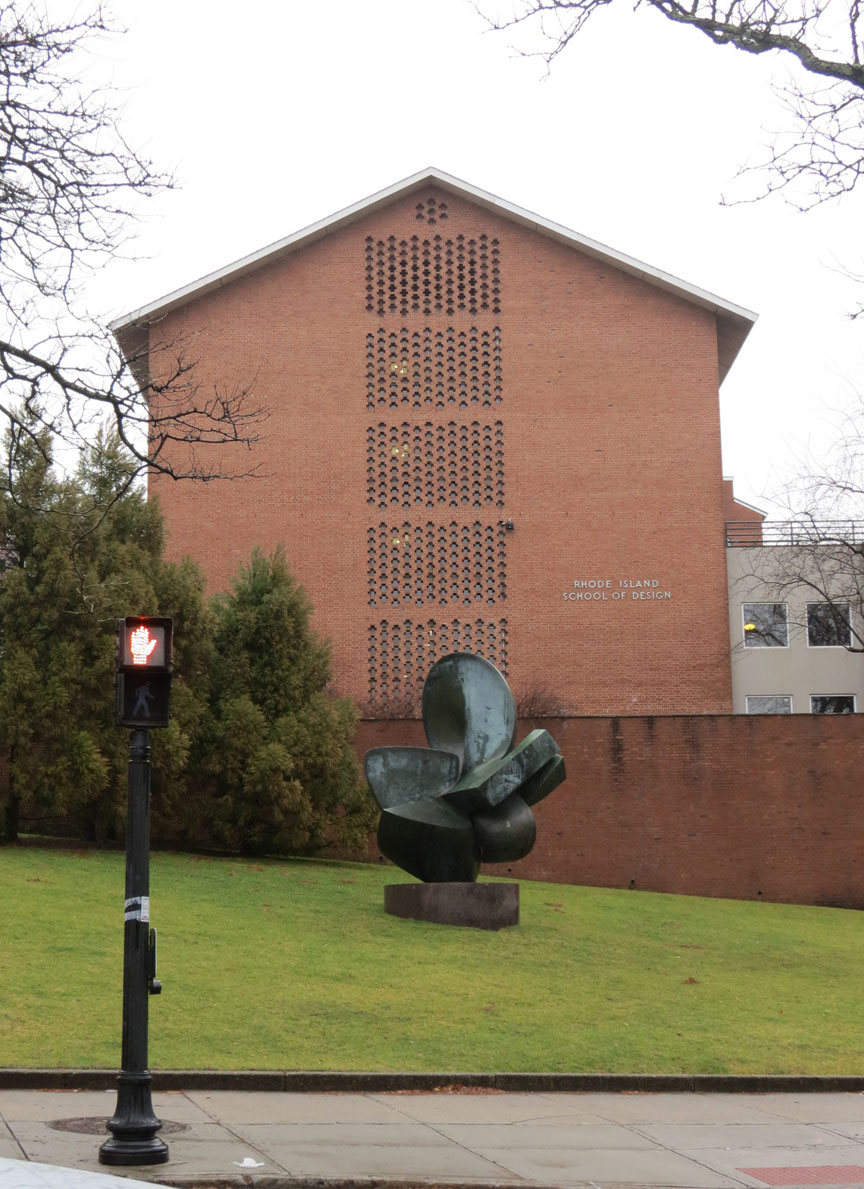
School of Design
